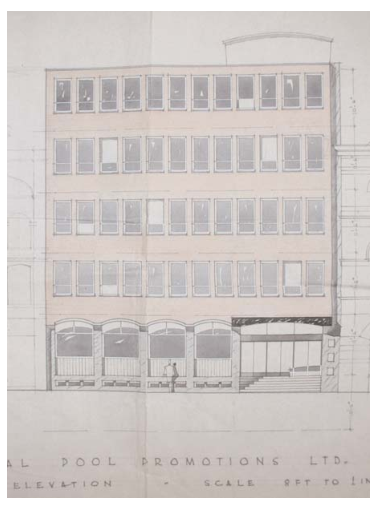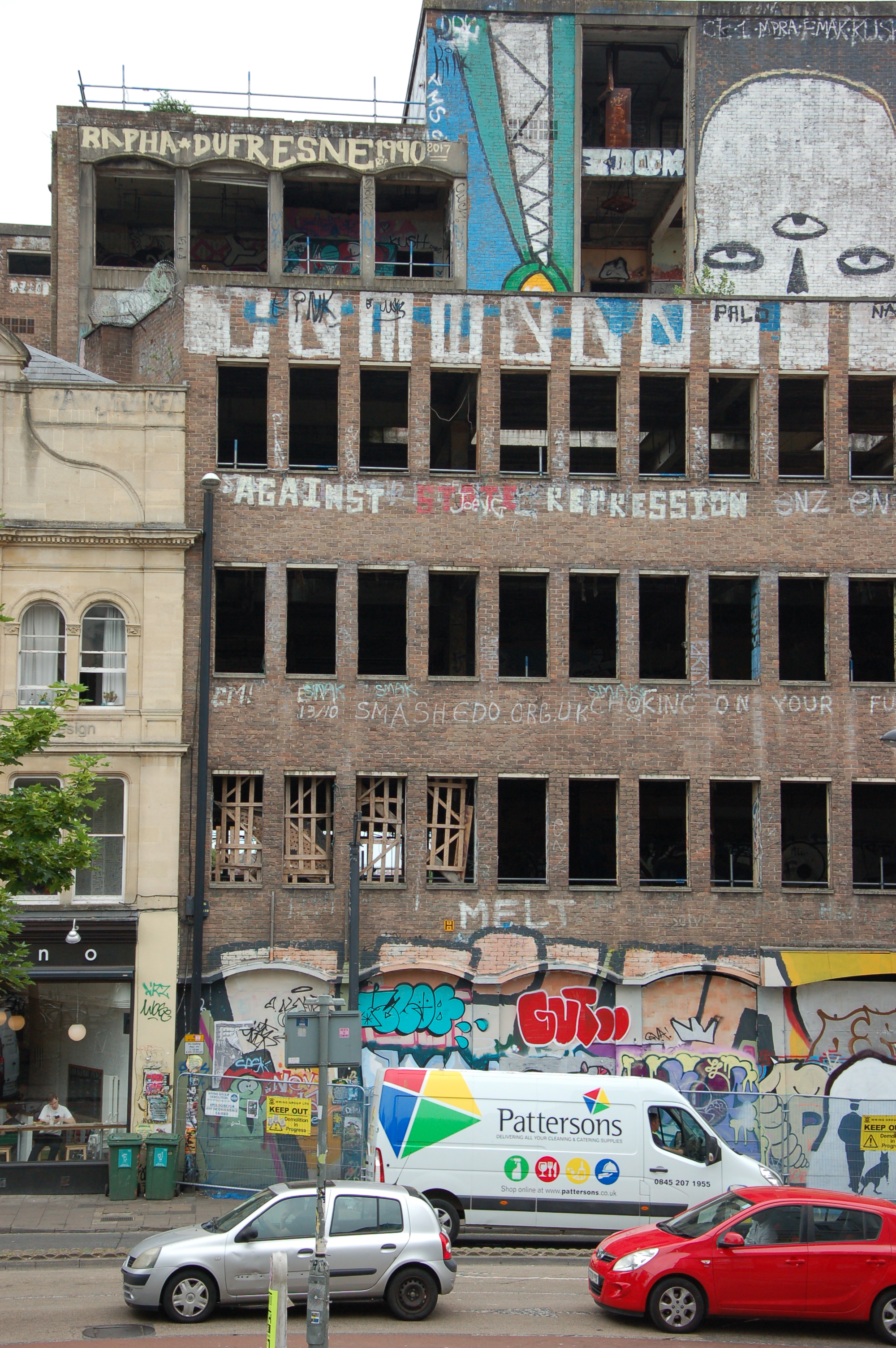[To comment on this post please click the title above and then go to the ‘reply’ box at the bottom of the page]
Attended by: Lori, Prue, Pete, Jeff, Chris, Julian, Sarah, Kimberley, Rich, Mel, Clayton, Dominic, Danuta, Heather, John, Pauline, Inge, Joel, Harvey, Rachel, Janine, Lawrence, Rob, Mike, Simon, one other.
Update re Developer
Lori spoke to Marc Pennick of Fifth Capital in the morning. There is a Bristol based developer who is taking over the development of the site. This information has been confirmed by a number of separate sources.
The details of the take-over are not yet known but we think they are well advanced in buying the site from Comer / Opec Prime. We don’t know what the future involvement of Fifth Capital will be.
We will let the group know who the developer is as soon as we can. The Liaison Group is pushing for an early meeting with the new developer and will ask them to come to a community meeting as soon as possible.
We do not yet know if the new developer will build the scheme with planning permission but we anticipate that some amendments are likely. Dominic pointed out that any alterations will require a new consent. We must ensure that it is the Community Vision that guides decisions regarding any changes and that CAG is involved in the dialogue. Reminder of the number of comments we received when writing the Vision (1,600) and the number of objections to the first Fifth Capital planning application (1,400).
There was concern that a new developer will argue that some elements of the scheme are not viable and therefore need to be amended. We need to resist this. We can point to the amount of interest in the scheme (two RSLs, various users of the commercial space) plus rising values as evidence of viability.
Noted that the new developers need to realise that it is not just about them and that there are other stakeholders. They have to take us seriously. We have achieved a great deal so far and we will seek a positive relationship with the new developer, but we need to get around the table and talk so that we work with and not against eachother. We can help make the development exciting for the developer as well as us.
Community Ownership
Discussion about the potential for the community to have a real stake in the finished development and ensure it doesn’t become an exclusive development with little relevance to the surrounding area.
Previous meeting had discussed a direct approach to Comer (Lori reported that a letter had been sent and while we know it was received we have had no reply) with a view to buying an interest. Cost would be probably be £2-5m and then £20m to develop. Potential to place a Community Right to Bid order on the site – gives 6 months to submit an offer.
Alternative approach would be take on the market / commercial areas. Would need a cohesive legal entity / structure to do this. Possible interest from Stokes Croft Land Trust, Bristol Pound, Bristol Community Housing Trust and Hamilton House.
Agreed that CAG should take the lead on any discussions with the developer and with planners.
Site Occupiers
The site occupiers (travellers) were served a Notice of Trespass in March. Hearing was adjourned until 8 May at 3pm at County Court.
A representative of the occupants stated that they had anticipated 6 months notice to leave the site. Trespass papers were put on the gate in March. The occupiers have their homes there and for a generation have been keeping people out of the dangerous site. The Council were apparently involved in early discussions about them being on the site as well as someone from Comer. Having the site occupied would help keep the Council off Comer’s back, following a number of deaths on the site.
Lori explained that CAG had pressed really hard for dialogue between travellers and Marc Pennick (although it was Comer who issued the Notice of Trespass). Marc eventually agreed but Comer instructed him not to take part. We now need a dialogue with the new owners of the site.
We need to take into account the needs of residents as does the local authority. Discussion about how to support the travellers e.g. through donations. Agreed that this should be as individuals, not as CAG.
Keeping the site occupied until the day the builders take possession will be much cheaper than getting early vacant possession and then paying for 24 hr security.
Noted that there is a pre-commencement condition requiring a “Procedure for the sensitive relocation of the existing occupants of the site” (page 53 of Committee Report). However, planners have now told other officers that the notice to seek possession was nothing to do with planning.
Agreed by all that if we can have amicable conversation then it will go the right way.
Other sites in the area:
Discussion about other empty buildings and development sites.
- Putterills building – empty and unused
- Magpie building. John Dalton paid £300k for the site. Planning application for Change of Use A3 café restaurant. Already started major refurb of existing building – spending £400k. Building is in two parts: two storey fronting Picton St and single storery fronting Ashley Road. Current use is retail.
Inter-relationship of sites and transport policy. Metro mayor will be responsible for major routes inc. A38. Need to keep an eye on wider policies, agendas and proposals.
Compulsory Purchase
Is there a possibility of losing the money for CPO? Julian stated that funds were granted to BCC by HCA specifically for compulsory purchase of Westmorland House so cannot be put to other uses. Lori stated that if the development does not go ahead as anticipated we need to keep CPO as an option.
Proposal that until there is signficiant progress with the development the CPO process must continue. As this was felt to be a crtically important issue there was a vote on whether to agree the statement. Unanimously agreed.
Discussion about whether BCC could pursue CPO without a preferred developer. Thought that they could not but it may be possible for HCA. [Subsequent research found that “It may sometimes be appropriate for the Homes and Communities Agency to compulsorily acquire land which is in need of development or regeneration even though there are no specific detailed development proposals in place” Source: Guidance on Compulsory Purchase Process (pdf) page 47, para 93]
Could one of the PRS RSLs that were interested still be involved? CBRE have been working for Fifth Capital to find development partners. Presumably they will have been linking developers together as this would share the risk – it’s why people like joint venture.
Actions:
- Seek a meeting with the developer
- Work hard to get info from them into public domain
- Work with site residents to find ways to support them and for a dialogue for a planned way of moving
- See if HAs that have expressed an interest are still interested
- Seek expressions of interest in commercial space
- Investigate potential for communal ownership of parts
- Enter into constructive dialogue with planners to ensure that they and the developer work with CAG and hold to the conditions in the planning permission to work with the community
- Investigate HCA CPO rules re schemes and preferred developer
- Court case on 8th May at 3pm

 Later in the 1980s the site was bought by Opec Prime, a property development company owned by the London based Comer brothers. Various planning applications were submitted over the years but these were either rejected as over-intensive or the schemes never came to fruition. In the meantime the site became a canvas for street artists, home to a group of travellers and, more tragically, the site of a number of fatalities.
Later in the 1980s the site was bought by Opec Prime, a property development company owned by the London based Comer brothers. Various planning applications were submitted over the years but these were either rejected as over-intensive or the schemes never came to fruition. In the meantime the site became a canvas for street artists, home to a group of travellers and, more tragically, the site of a number of fatalities.



